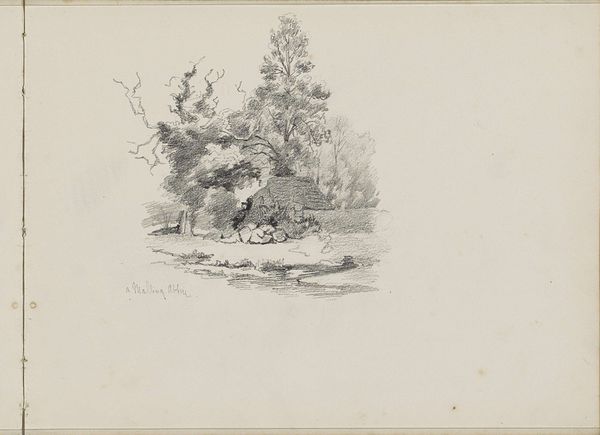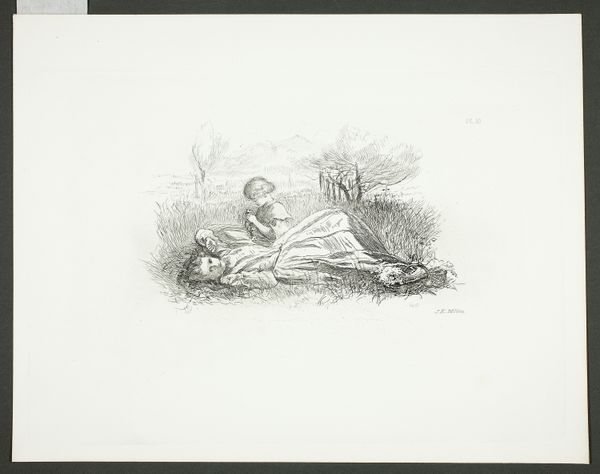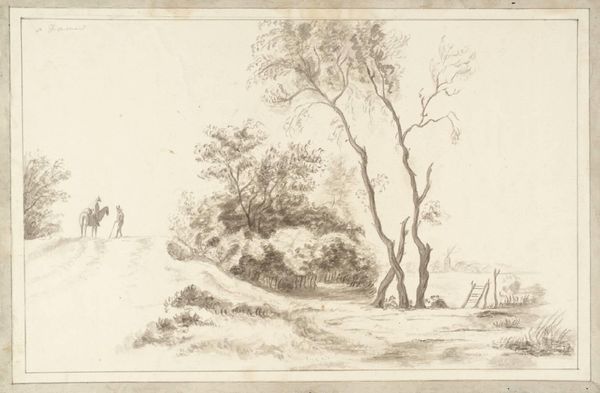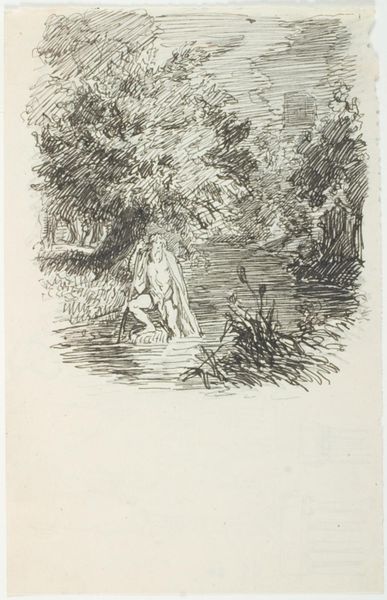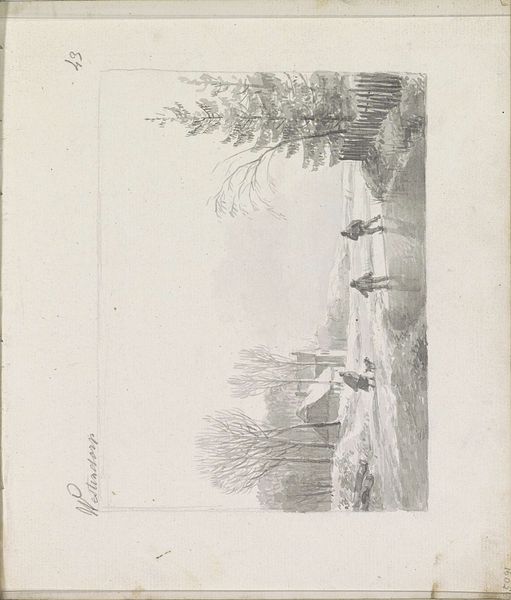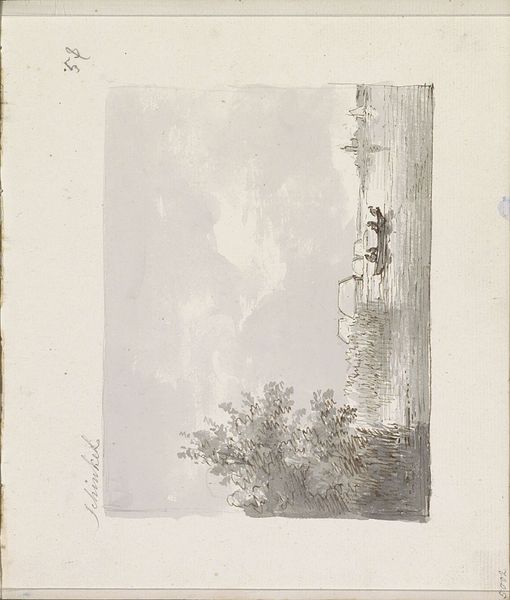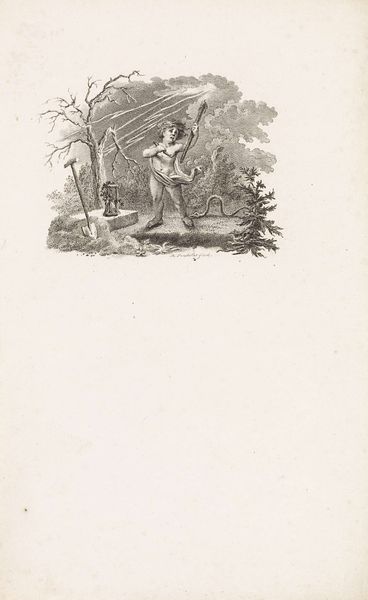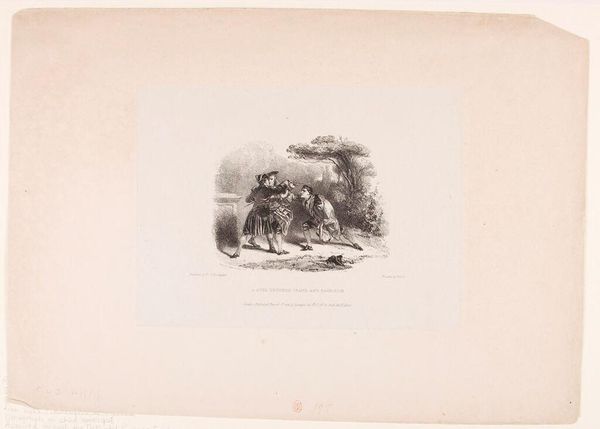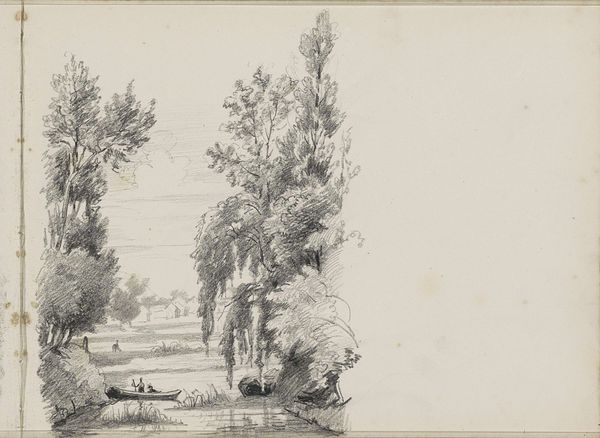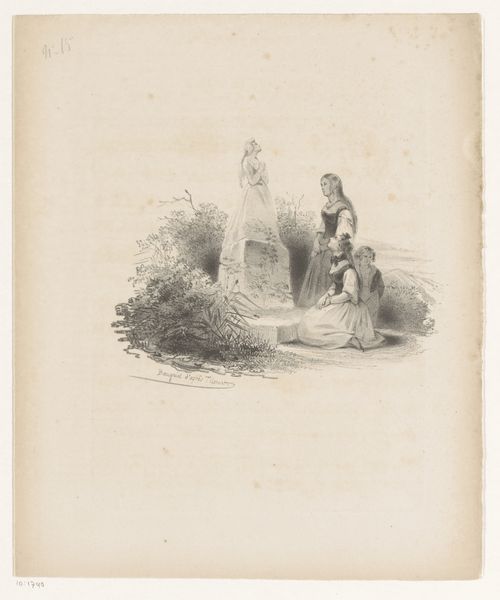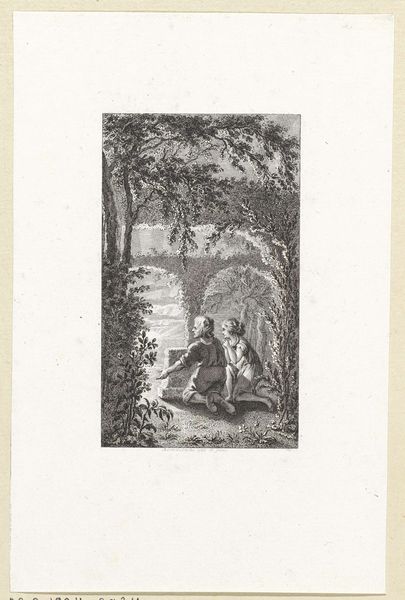
drawing, lithograph, print, paper, pencil
#
pencil drawn
#
drawing
#
lithograph
# print
#
pencil sketch
#
landscape
#
charcoal drawing
#
figuration
#
paper
#
pencil drawing
#
romanticism
#
pencil
Dimensions: 133 × 173 mm (image); 203 × 296 mm (sheet)
Copyright: Public Domain
Editor: This lithograph print, "Trumpeter on Horseback," by Bernard Gaillot from around 1824, feels like a fleeting memory. The figure and horse are almost ethereal. What do you make of this ghostly vision, and how might it connect to its time? Curator: Fleeting, yes, like a half-remembered dream – or the echo of a cavalry charge. The sketchiness emphasizes movement, doesn't it? This resonates perfectly with Romanticism. Everything is about feeling, intuition, about grand gestures. The artist likely embraced lithography, in part, for the fluidity it allowed, so different from, say, etching. Don't you think that looseness fits with the drama here? What stories does the horse and rider evoke for you? Editor: Definitely drama! I see a kind of...isolated heroism, but there's also something a bit melancholy about him being alone in this pale landscape. Is that typical of Romantic art, this mix of the heroic and the solitary? Curator: Absolutely! It is precisely in confronting the infinite expanse that the self finds meaning. Landscape becomes a metaphor, the "state of mind". Notice how that shadowy tree behind the figure both amplifies and isolates him. Perhaps it’s even Gaillot himself out there on horseback. What if it were us? A pencil, a blank sheet, the possibility of infinite vistas… and us at the center. Intimidating, right? Editor: That's a wild thought! It completely changes how I see it. Now, I see it's less about a specific battle, and more about facing… everything. Thanks, I feel I grasp both the image and the Romantic Era now! Curator: Excellent! And it seems we glimpsed a bit of ourselves as well, didn’t we? Funny how art can do that to us!
Comments
No comments
Be the first to comment and join the conversation on the ultimate creative platform.
